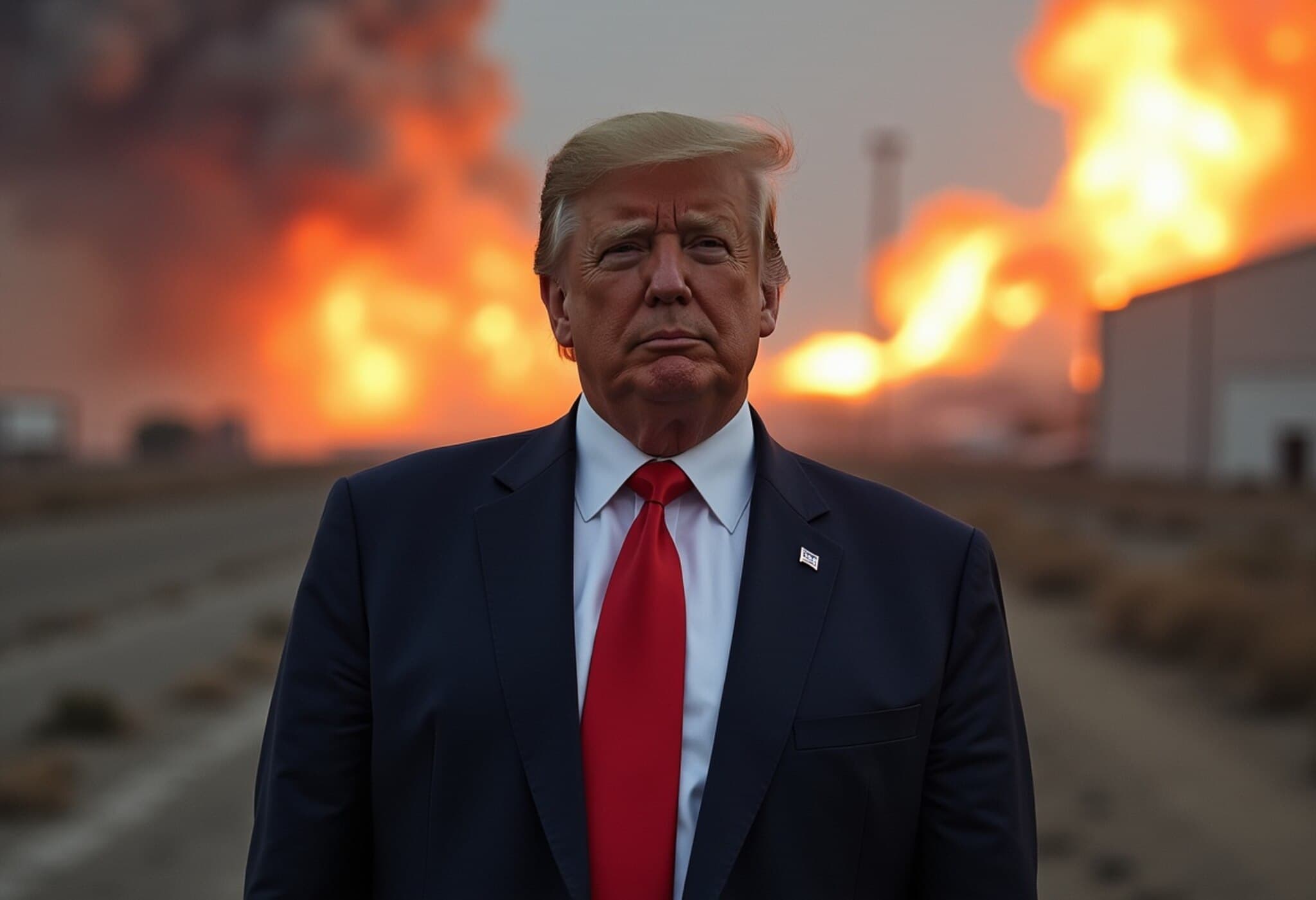Trump’s Unexpected Timeline in Striking Iran's Nuclear Sites
While the recent U.S. airstrikes targeting Iran’s nuclear facilities followed anticipated strategic lines, the rapid timing caught many by surprise. Initially seeking a two-week window to deliberate possible action, former President Donald Trump launched the strikes barely two days later, signaling a shift from patience to decisive military intervention.
Military Action Targets Key Nuclear Facilities
On June 20, Trump reportedly requested a two-week period to assess the situation before committing U.S. forces to the escalating Middle East tension. However, by the early hours two days later, B-2 bombers had struck Iran’s Fordow, Natanz, and Esfahan nuclear sites. These locations have long drawn scrutiny due to concerns over Iran’s uranium enrichment activities edging toward weapons-grade levels—currently reported near 60%, inching close to the 90% threshold.
While Iran asserts its nuclear ambitions remain peaceful, both the U.S. and allies like Israel consider the program a significant threat. Israel, perceiving Iran’s regime as existentially dangerous, had undertaken strikes of its own in mid-June, reinforcing the volatile atmosphere.
Trump’s Shift From Peacemaker to Military Strategist
Throughout his tenure, Trump cultivated an image as a global peacemaker, claiming to resolve conflict through diplomacy and negotiation. Yet, in Iran’s case, he concluded that preemptive strikes were essential to ensure peace and security. He criticized Iran as a regional “bully” after Tehran exited nuclear talks, which stalled largely due to Iran’s insistence on halting Israeli aggression first.
Leading up to the military action, Trump issued stern warnings, urging an “unconditional surrender” and even advising American citizens to evacuate Tehran. His rhetoric vacillated—at times ambiguous about military intention—before ultimately authorizing the airstrikes.
Last-Minute Diplomatic Efforts
Despite the swift turn to force, reports reveal a final diplomatic outreach was attempted. Trump, coordinating with Turkish President Recep Tayyip Erdogan, aimed to facilitate back-channel discussions between U.S. and Iranian officials. Plans were underway to dispatch Vice President JD Vance alongside Middle East envoy Steve Witkoff for talks. However, Iran’s Supreme Leader Ayatollah Khamenei’s absence—amid fears for his safety—halted progress.
The Message After the Strikes
Following the attacks, Trump reiterated a stern warning: many more targets remain, and should peace efforts falter, the U.S. would respond with swift precision and skill. His tone suggested an openness to dialogue but underscored the possibility of further escalation.
In a White House address, Trump stated, “Now is the time for peace. There will be either peace or profound tragedy for Iran far beyond what we've seen.” This marked a nuanced shift from military assertiveness toward an urgent call for stability.
Trump’s Complex Legacy in Peace and Conflict
Trump has repeatedly touted his role as a peace broker—from claiming to end hostilities between India and Pakistan, to asserting influence over conflicts in the Balkans and Africa, and lamenting missed recognition from the Nobel committee. Yet the Iran strikes presented a paradox: military intervention as a path to peace.
This episode underscores the complexities of leadership amid high-stakes international crises—where diplomacy and force collide, and timing can alter the course of history.

